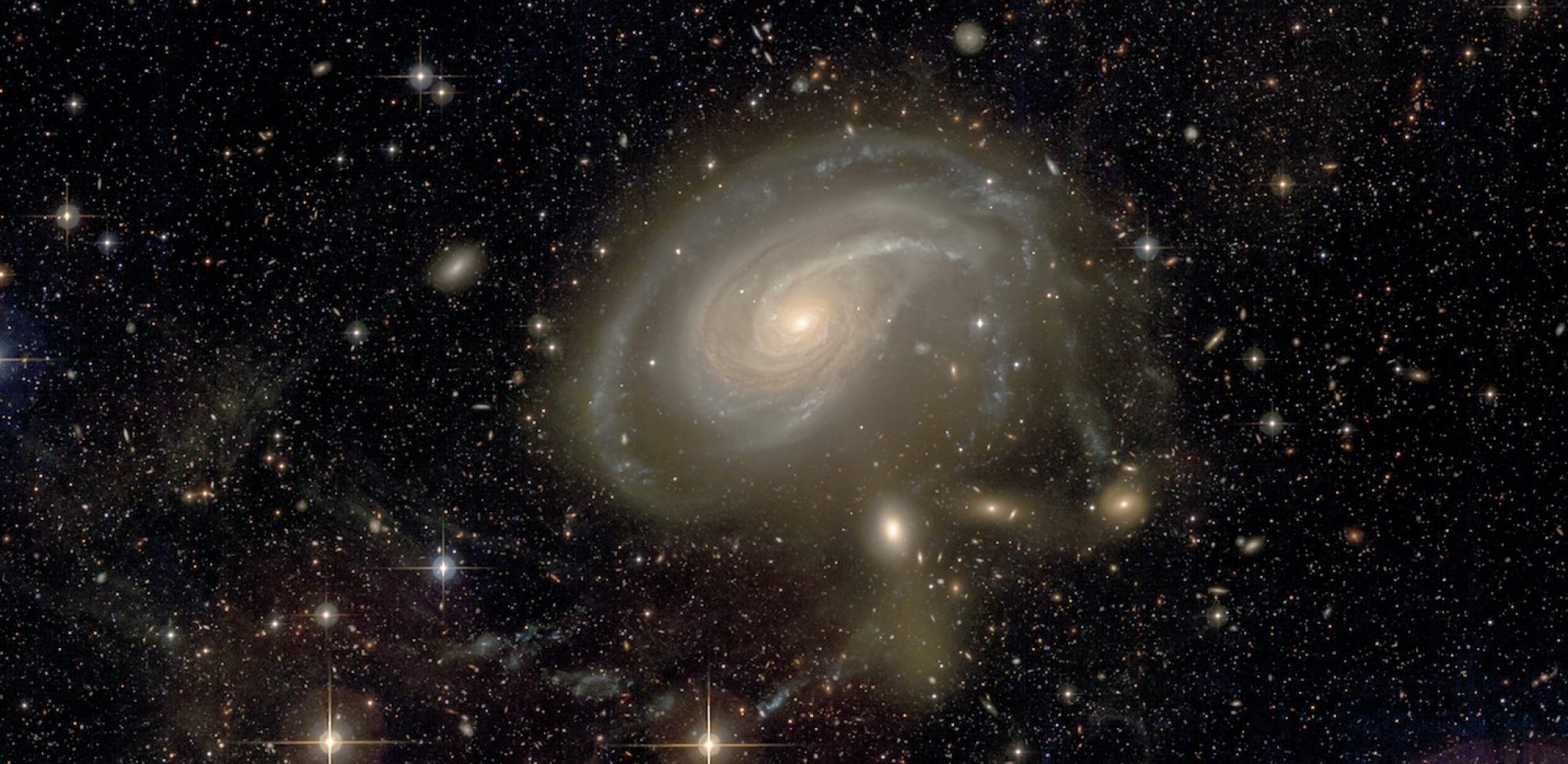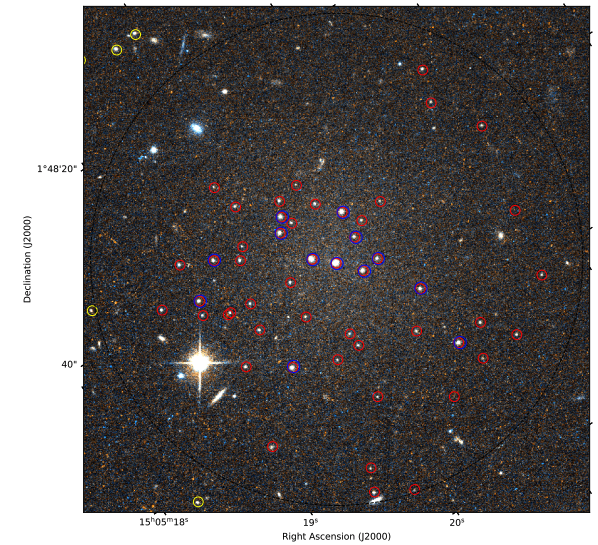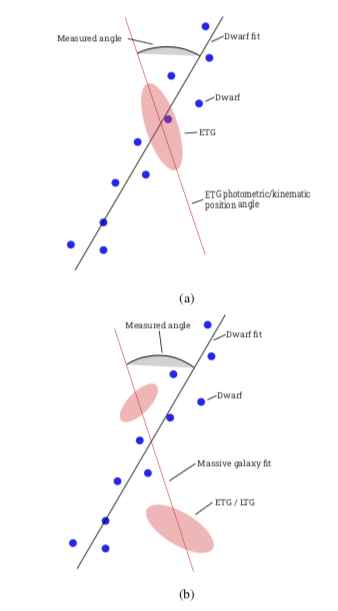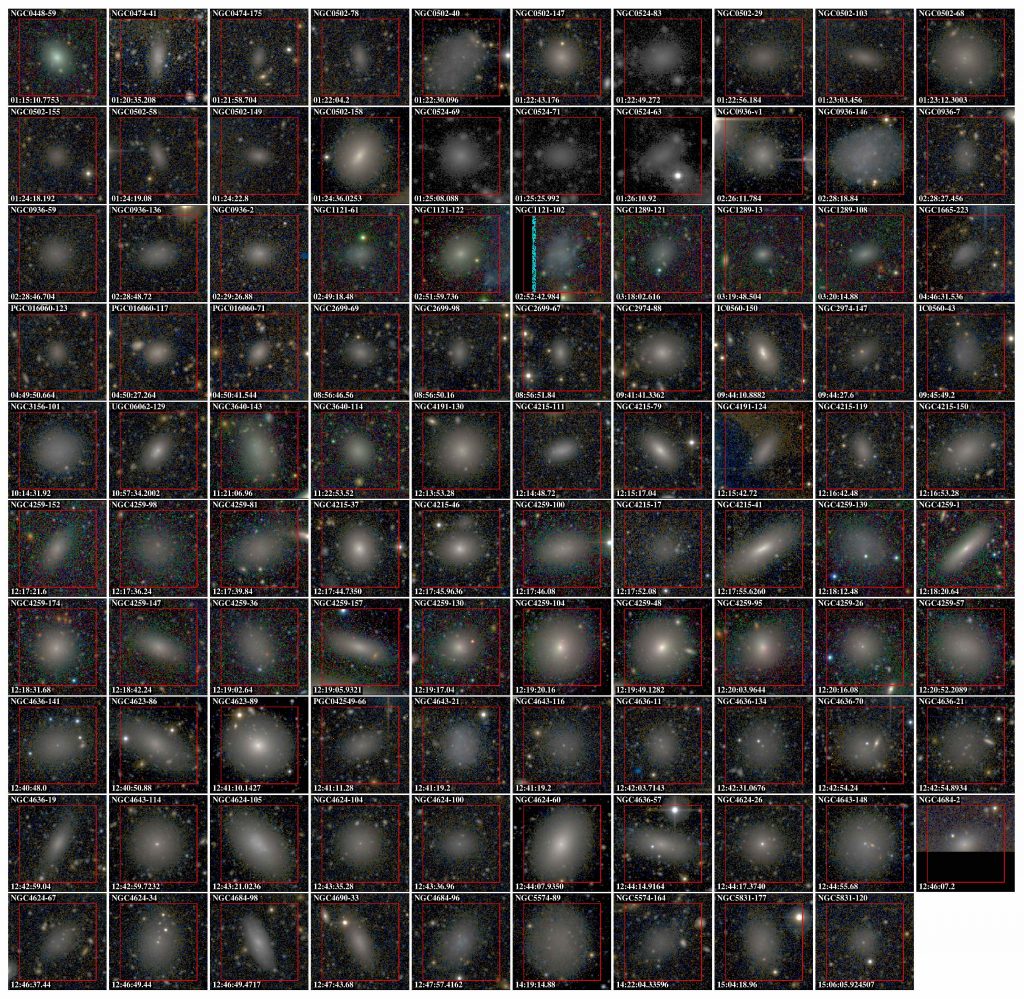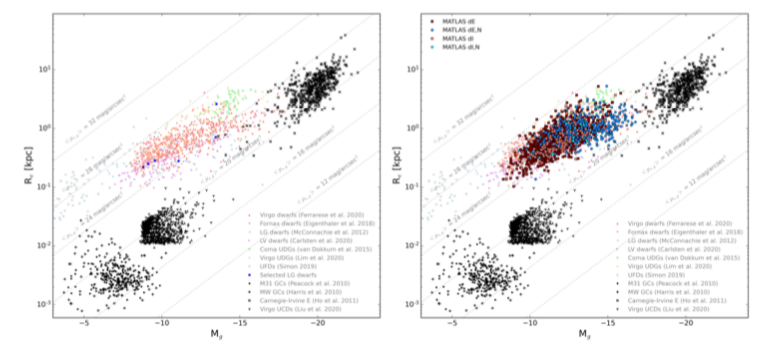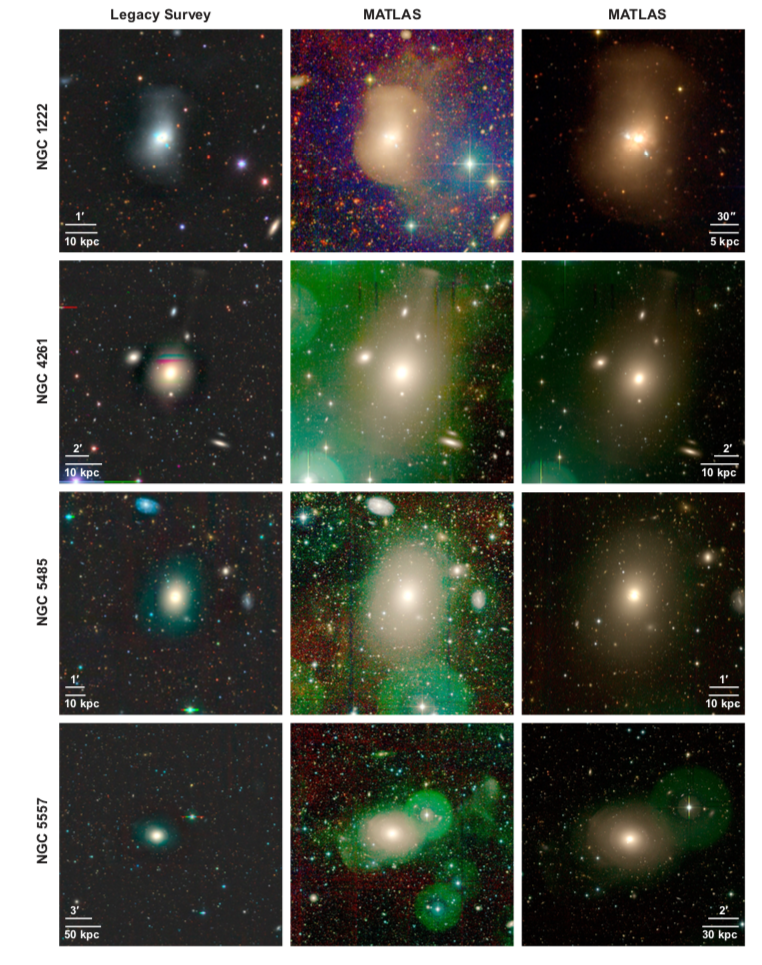
Recent advances in deep dedicated imaging surveys over the past decade have uncovered a surprisingly large number of extremely faint low surface brightness galaxies with large physical sizes called ultra diffuse galaxies (UDGs) in clusters and, more recently, in lower density environments. As part of the MATLAS survey, a deep imaging large program at the Canada-France-Hawaii Telescope (CFHT), our team has identified 2210 dwarf galaxies, 59 (~3%) of which qualify as UDGs. Averaging over the survey area, we find ~0.4 UDG per square degree. They are found in a range of low to moderate density environments, although 61% of the sample fall within the virial radii of groups.
Continue reading “Ultra-Diffuse galaxies in the MATLAS low-to-moderate density fields”